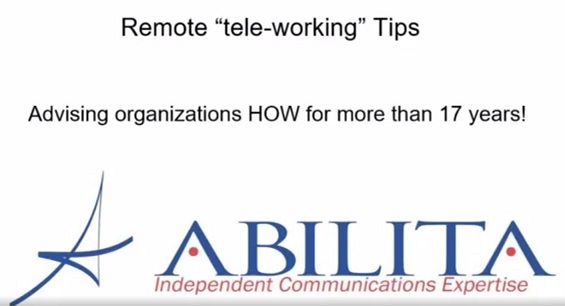It’s never a bad time to review your organization’s communications technology expenses, and never a better time to enlist the help of a specialist. That’s because there are certain milestones when not having a good handle on spending and inventory can result in the greatest financial risk.
Here are our top 10 scenarios for a communications technology expense review and inventory update:
- Before a Move
- After an acquisition or merger with another company
- Upon Contract Renewal with Communications Service Providers (before and after)
- After Closing a Site
- When there are changes in Regulatory Charges
- When moving from Premise to Cloud-Based Services
- When Transforming Network Technology
- When a New Person is taking over responsibility for Communications Technology Management
- When changing to a new Data Center Provider
- When Employees Work from Home
For more details and what you might want to consider: download our Top 10 Times whitepaper. To get started now, contact your Abilita Advisor to get started with a zero-risk review of your technology systems and services.










